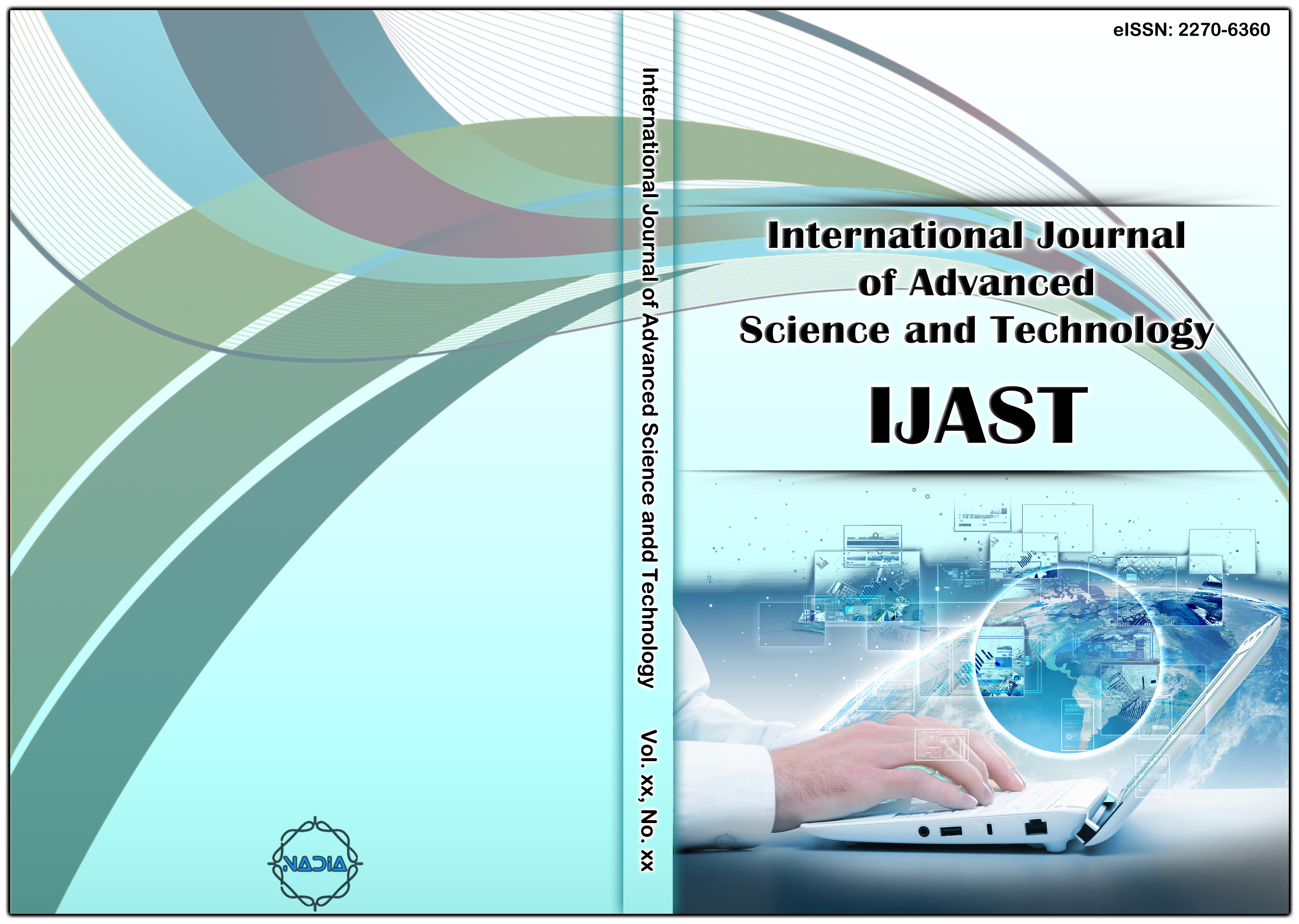[1] Zhang, Hanqin Qiu, Vivien Leung, and Hailin Qu, "A refined model of factors affecting convention participation decision-making", Tourism Management, 28.4, (2007): 1123-1127.
[2] Bailey, James E. "Toward a science of metabolic engineering", Science, 252.5013, (1991): 1668-1675.
[3] Messner, W., & Schäfer, N., “The ICCA facilitator's manual: intercultural communication and collaboration appraisal”, GloBus Research Limited, (2012).
[4] Govers, R. "Destination image evaluation: Part II", Eclipse: The Periodic Publication from Moonshine Travel Marketing for Destination Marketers, 10.1, (2003): 1-12.
[5] McIntosh, Robert P., "Forests of the Catskill Mountains, New York", Ecological Monographs, 42.2, (1972): 143-161.
[6] Schmoll, Gottfried A., “Tourism Promotion: marketing background, promotion techniques and promotion planning methods”, Tourism International Press, (1977).
[7] Parasuraman, Anantharanthan, Valarie A. Zeithaml, and Leonard L. Berry, “A conceptual model of service quality and its implications for future research”, Journal of marketing, 49.4, (1985): 41-50.
[8] Mill, Robert C., and Alastair M. Morrison, "The Tourism System, Englewood Cliff", N. J. Prentice Hall, (1985).
[9] Getz, Donald, "Event tourism: Definition, evolution, and research", Tourism management, 29.3, (2008): 403-428.
[10] Vojtek, Anne B., Stanley M. Hollenberg, and Jonathan A. Cooper, "Mammalian Ras interacts directly with the serine/threonine kinase Raf", Cell, 74.1, (1993): 205-214.
[11] Chan, Paul K., Mary C. Oppermann, and Shie-Shin Wu, "North Carolina’s experience in development of pavement performance prediction and modeling", Transportation research record, 1592.1, (1997): 80-88.
[12] Buhalis, Dimitrios, "Marketing the competitive destination of the future", Tourism management, 21.1 (2000): 97-116.
[13] Gunn, Clare A., and Turgut Var, “Tourism planning: Basics, concepts, cases”, Psychology Press, (2002).
[14] Leiper, Neil, “Tourism management”, Frenchs Forest: Pearson Education Australia, Vol. 455, (2004).
[15] Goldblatt, David, “Knowledge and the social sciences: theory, method, practice”, Routledge, (2004).
[16] Jago, Leo K., and Margaret Deery, "Relationships and factors influencing convention decision-making", Journal of Convention & Event Tourism, Taylor & Francis Group, Vol. 7. No. 1, (2005).
[17] Weaver, David Bruce, and Laura Jane Lawton. "‘Just because it's gone doesn’t mean it isn’t there anymore’: Planning for attraction residuality", Tourism Management, 28.1, (2007): 108-117.
[18] Schiffman, Susan S., "Taste and smell losses in normal aging and disease", Jama, 278.16, (1997): 1357-1362.
[19] Berridge, Kent C., "The debate over dopamine’s role in reward: the case for incentive salience", Psychopharmacology, 191.3, (2007): 391-431.
[20] Obama, Barack, and Hoffnung Wagen, "Gedanken zur Rückbesinnung auf den American Dream", München: Riemann, (2007).
[21] Hall, Colin Michael, Tourism planning: Policies, processes and relationships”, Pearson Education, (2008).
[22] Holloway, C., C. Humphreys, and R. Davidson, "The business of tourism. Essex", (2009).
[23] Kottler, Joan R, "Yoga pants with padded knees", U.S. Patent Application No. 12/382,024.
[24] Suryani, Anne, "Comparing case study and ethnography as qualitative research approaches", (2013).
